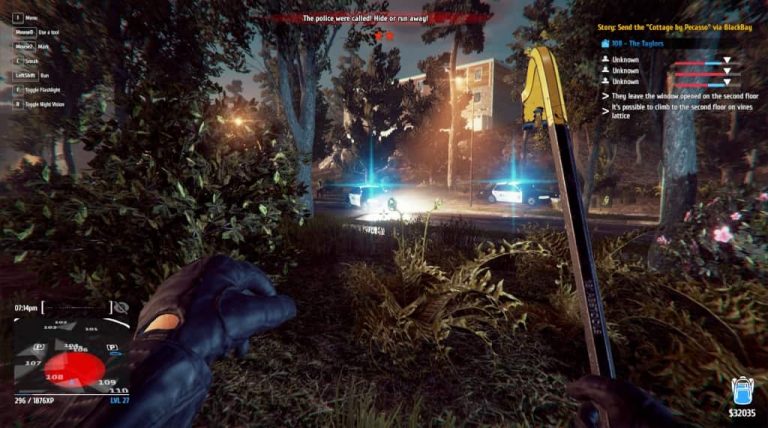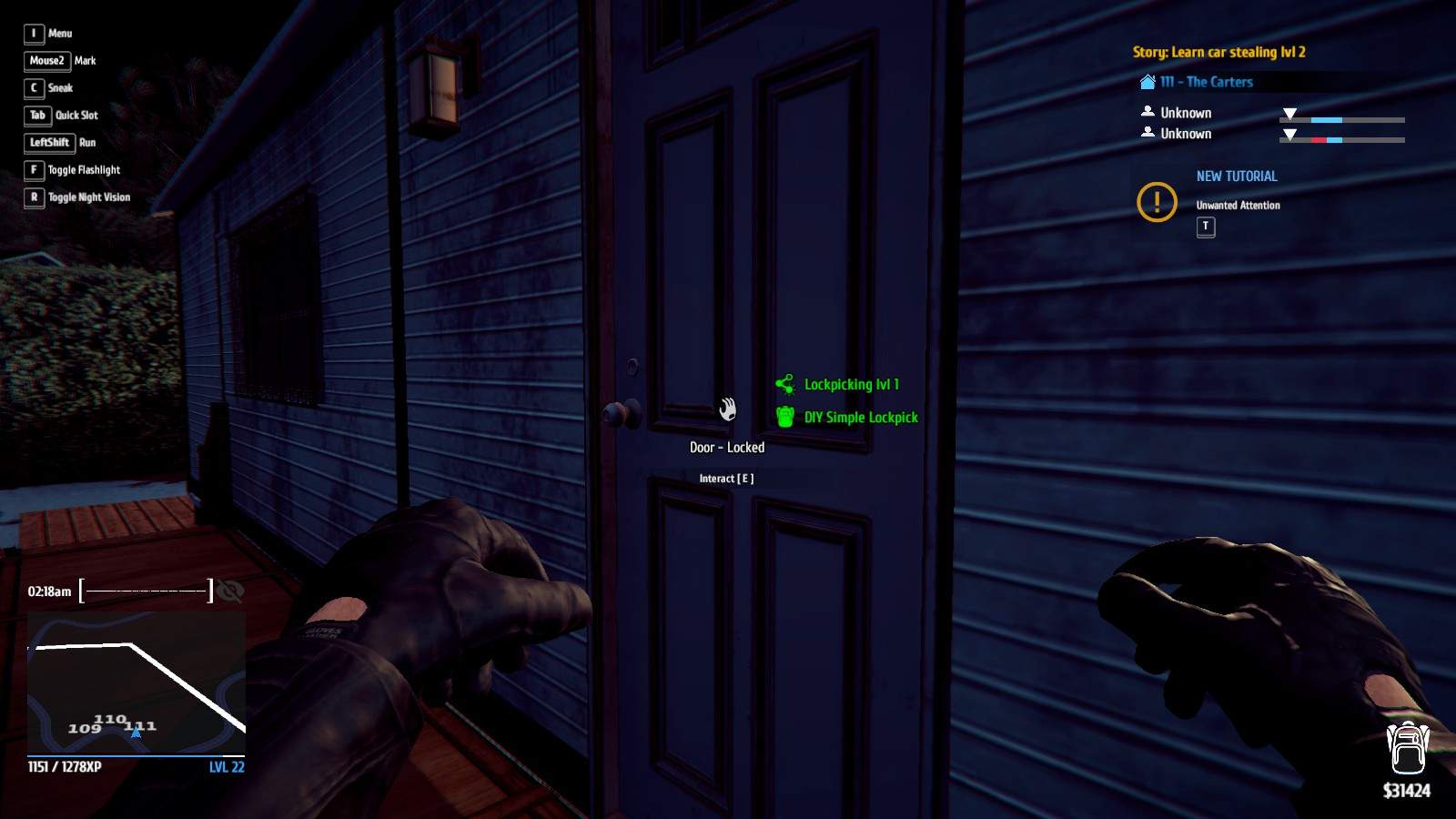

The SeaTac tower spotted Russell on the taxiway and radioed down in the mechanical monotone of air-traffic control: “Aircraft on Charlie lining up runway 1-6-Center, say your call sign.” When Russell did not reply, the controller broke out of his professional rhythm, nearly shouting, “Who’s the Dash 8 holding on runway 1-6-Center?!”Īn Alaska Airlines pilot cut in on the radio: “That aircraft is taking off rolling,” he warned. ”I just wanna do a couple maneuvers - see what it can do before I put her down, ya know?” “I wasn’t really planning on landing it,” Russell told air-traffic control from the cockpit. “The plane had direct and immediate access to a runway going the right direction for takeoff,” Wendy Reiter, director of aviation security for SeaTac, would later testify. Far to his right, near the empty co-pilot’s seat, he slid up the levers for each of the propellers, producing a satisfying roar. “Even if the guard . . . had witnessed these actions,” it reads, “the time frame was too short to have precluded the Horizon employee’s entry to the cabin of the aircraft.”īack in the cockpit, Russell faced a confounding control panel. And the report from the Port of Seattle, which runs Sea Tac, underscores that only Russell’s short sprint back to the moving airplane would have raised alarms. The lone security guard in the area was attending to an arriving vehicle at a nearby entrance gate. “There didn’t seem to be anything that was out of the ordinary - up until the last minute when he actually took it,” he says.

He tells Rolling Stone that Russell’s “brazen” theft of the Q400 was hidden in plain sight on the busy tarmac. Matt Scott was the FBI’s case agent for the investigation. He then hopped out, reboarded the tug, and swiveled the plane toward the taxiway. Although trained to start the aircraft’s auxiliary power unit, Russell exceeded all authorization - toggling levers and switches in sequence to fire up the engines. At 7:15 p.m., he hooked the tug to the front of the Q400, tossed aside the wheel blocks, and boarded the plane. The biggest impediment Russell faced is that maneuvering a parked plane is a two-man job, and he had no accomplice. There was no lock on the door of the airplane. Russell’s employee badge gave him access to both the tug and the remote cargo area. Silently, and without warning, he’d gone rogue. His core duties revolved around loading baggage onto short-haul flights, but he was also trained to tow planes on the tarmac. He was not a pilot he worked ground crew for Horizon Air.
#Thief simulator throw brick full#
Inside the SeaTac terminals, the indignities of airport security were in full force: Transportation Security Administration agents were X-raying shoes, forcing travelers to toss out tubes of toothpaste, and palpating passengers’ private parts with the backs of blue-gloved hands to guard against box cutters being smuggled in their bras or briefs. It was August 10th, 2018, a warm, clear evening nearly two decades after 9/11. He scrambled into the fuselage and hoisted up the hatch before flinging himself into the captain’s seat. In a frantic, seven-second dash, the husky 28-year-old abandoned the truck and sprinted to the lowered passenger-entry door. The thief, Richard “Beebo” Russell, had just disconnected the tow bar of a tug vehicle he’d used to pivot the plane out of its parking spot. But without anyone riding the brakes, the 13-foot propellers began pushing the plane slowly toward the runways of Seattle-Tacoma International Airport. The twin engines of the Horizon Air Bombardier Dash 8 Q400 aircraft had been set to idle. The stolen airplane began rolling forward under its own power, with no one in the cockpit.


 0 kommentar(er)
0 kommentar(er)
